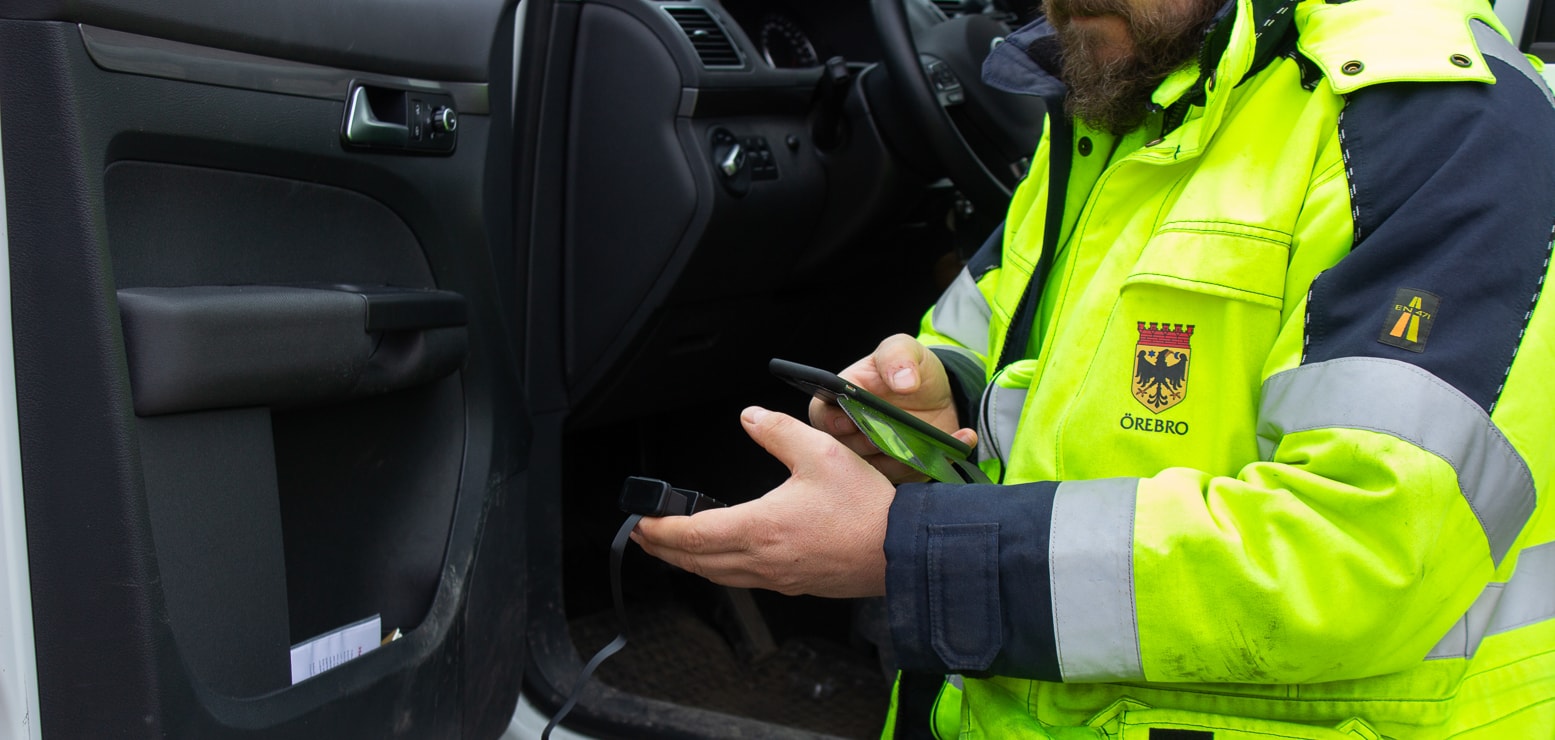Automatic workflow for over 1000 vehicles
To achieve better control and streamline its fleet management, Örebro Municipality started working with TelliQ in April 2018, connecting 600 cars and light trucks to the TelliQ system.
Today, Örebro Municipality can use TelliQ’s digital platform to monitor how their vehicles are being used, and this has also allowed a fully automated flow when it comes to inspections. Magnus Andersson explains how the Municipality’s work practices have changed during the year.
“We used to have an employee who sent letters to the different units when it was time for vehicle inspections, which was quite a task with around a thousand vehicles involved.”
What happens now is that an email is automatically generated from the system based on the Swedish Transport Agency’s calendar, which lets the Municipality know when vehicles are due for inspection.
– “We have a setup whereby an email is sent one month before the inspection date, followed by two reminders. If there’s no response after that, a reminder is sent to a higher manager,” Magnus explains.
Once a vehicle has been inspected, it is registered with the Transport Agency and registered directly in the system, so the driver avoids having to do any manual follow-up.



